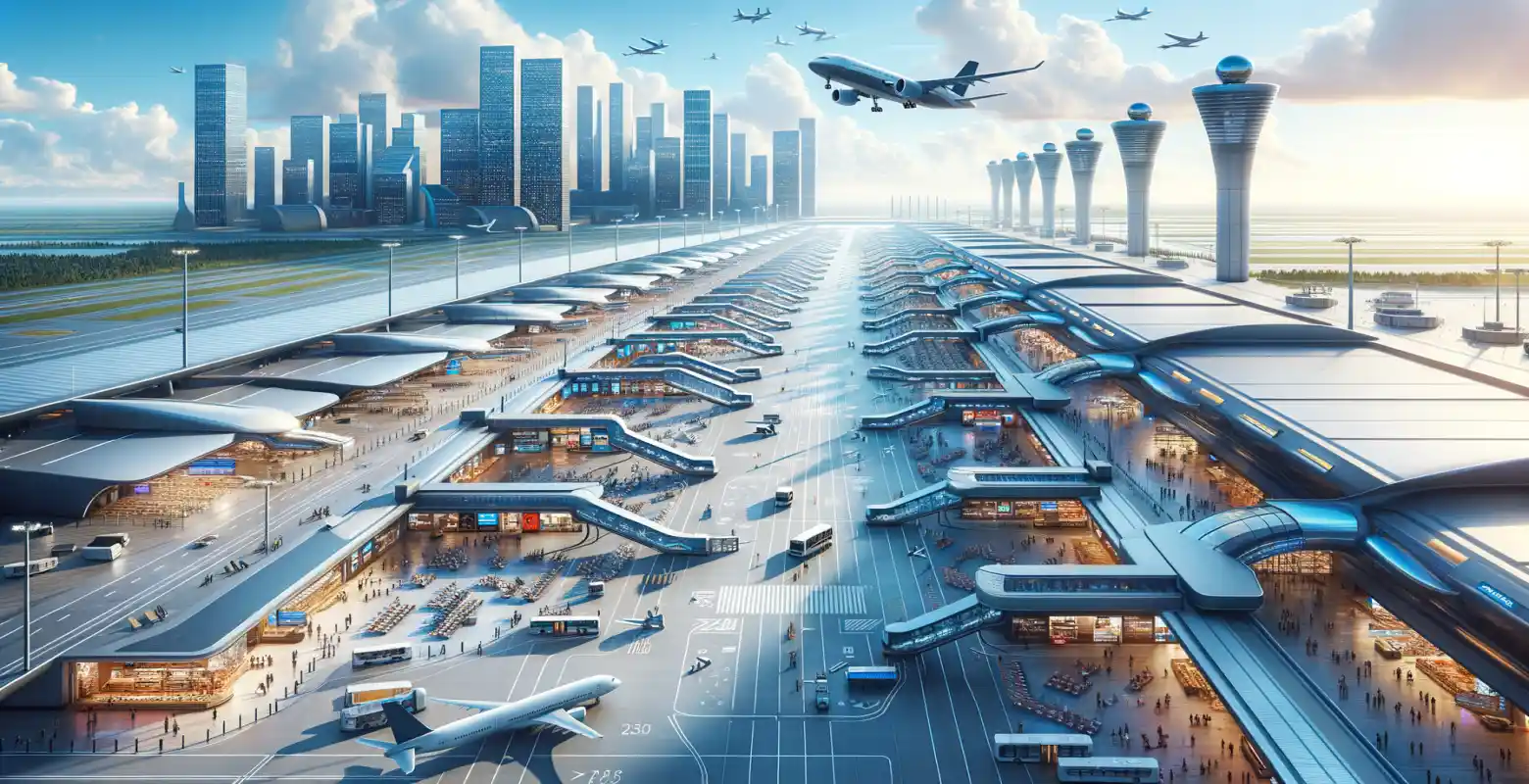The largest airports in the world in 2025
Introduction
In today's global world, airports play a crucial role in connecting people, cultures, and economies. The aviation industry is rapidly developing year by year, and by 2025, it is predicted that a few airports will dominate in terms of size and capacity. Understanding which airports have the greatest impact on the global transportation network is not only fascinating but also crucial for passengers, investors, and stakeholders in the industry. In this post, we will take a look at the largest airports in the world in 2025, analyzing their development, significance, and the challenges they face.
World's Largest Airports: Overview
In 2025, several airports will stand out in terms of the number of passengers served, size, and overall infrastructure. These giants include:
Hartsfield-Jackson Atlanta International Airport (ATL): Long considered one of the busiest airports in the world, Atlanta maintains its position due to its strategic location and extensive network of domestic and international connections.
Beijing Daxing International Airport (PKX): Opened in 2019, this modern airport quickly gained importance due to its impressive architecture and ability to handle a huge number of passengers. In 2025, Beijing Daxing continues to expand its infrastructure to meet growing demand.
Dubai International Airport (DXB): Known as one of the major transit hubs in the world, Dubai Airport is constantly evolving to accommodate the increasing number of transit passengers. In 2025, Dubai plans further expansion to maintain its position at the forefront.
Technical and Infrastructural Aspects
One of the key factors determining the size of an airport is its infrastructure. In 2025, airports such as Beijing Daxing and Dubai will be known for their state-of-the-art terminals that utilize advanced technologies to manage passenger and baggage traffic.
Application of Technology: Modern airports are increasingly investing in technologies such as artificial intelligence and automation to improve operational efficiency. An example is the use of facial recognition systems for faster passenger clearance.
Ecology and Sustainable Development: Faced with global ecological challenges, airports are placing a strong emphasis on sustainable development. By 2025, many of them will be utilizing renewable energy sources and implementing CO2 emission reduction programs.
Challenges and Future Trends
Despite impressive development, the world's largest airports are not free from challenges. Increasing infrastructure load, the need to enhance security, and changing passenger expectations are just some of the issues they must address.
Passenger Traffic Management: The growth in the number of passengers requires effective traffic management at airports. In 2025, the key will be the use of data analysis technologies to predict loads and optimize processes.
Safety: In the age of cyber and physical threats, ensuring security at airports will be a priority. Investments in modern monitoring systems and staff training are essential to protect passengers and employees.
Summary
The largest airports in the world in 2025 will be a reflection of advanced technology, global trends, and the challenges facing the aviation industry. Atlanta, Beijing Daxing, and Dubai are just some examples that show how airports are adapting to changing passenger and market needs. As the aviation industry continues to evolve, airports will need to invest in new technologies, infrastructure, and environmental practices to meet growing expectations. For passengers, this means greater travel comfort, but also greater significance for national economies and global transportation networks.






Number of comments: 0